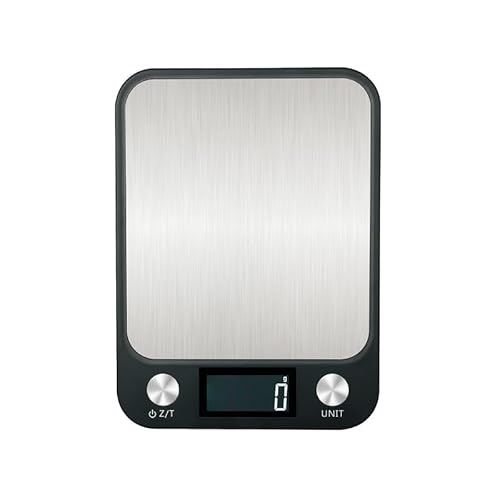Thursday my dau came over and we made a new batch of soap! I noticed it came to trace very quickly, so the ones we poured into molds didn't turn out quite as well as I hoped. I'm looking for a recipe that doesn't solidify so quickly. I would really like to start being more artistic! Swirls. I love everybody's swirls! The recent zebra stripes were super cool.
This batch has some swirls, but they aren't on purpose. I think it could be glycerin rivers? Pls correct if I am wrong; input appreciated! These are fresh-cut, untrimmed. They set up nicely and cut well. Still ever-so-slightly soft in the middle.
Recipe:
Distilled water 22.03 oz
NaOH 11.01 oz
Coconut Oil 11.6 oz
Jojoba Oil 10 oz
Almond Oil 10 oz
Shea Butter 24 oz
Argan Oil 2.85 (using up the last of a bottle...)
Castor Oil 10 oz
Soybean (fully hydrogenated from TheSage.com) 12.4 oz
Apricot Kernel Oil (used up the last of a bottle) 7.15 oz
4 tsp sugar
Banana FO (Nature's Note Organics) 4 oz
Brambleberry Vanilla Sandalwood 1.4 oz
Ran through SMF calculator. It's really nice smelling! Fragrance held so far. Soap scraps from trimmings wash nicely; doesn't feel too drying or stripping. And here we are....! I think this is my sixth batch.
This batch has some swirls, but they aren't on purpose. I think it could be glycerin rivers? Pls correct if I am wrong; input appreciated! These are fresh-cut, untrimmed. They set up nicely and cut well. Still ever-so-slightly soft in the middle.
Recipe:
Distilled water 22.03 oz
NaOH 11.01 oz
Coconut Oil 11.6 oz
Jojoba Oil 10 oz
Almond Oil 10 oz
Shea Butter 24 oz
Argan Oil 2.85 (using up the last of a bottle...)
Castor Oil 10 oz
Soybean (fully hydrogenated from TheSage.com) 12.4 oz
Apricot Kernel Oil (used up the last of a bottle) 7.15 oz
4 tsp sugar
Banana FO (Nature's Note Organics) 4 oz
Brambleberry Vanilla Sandalwood 1.4 oz
Ran through SMF calculator. It's really nice smelling! Fragrance held so far. Soap scraps from trimmings wash nicely; doesn't feel too drying or stripping. And here we are....! I think this is my sixth batch.















































 YAY! Keep up the good work!
YAY! Keep up the good work!